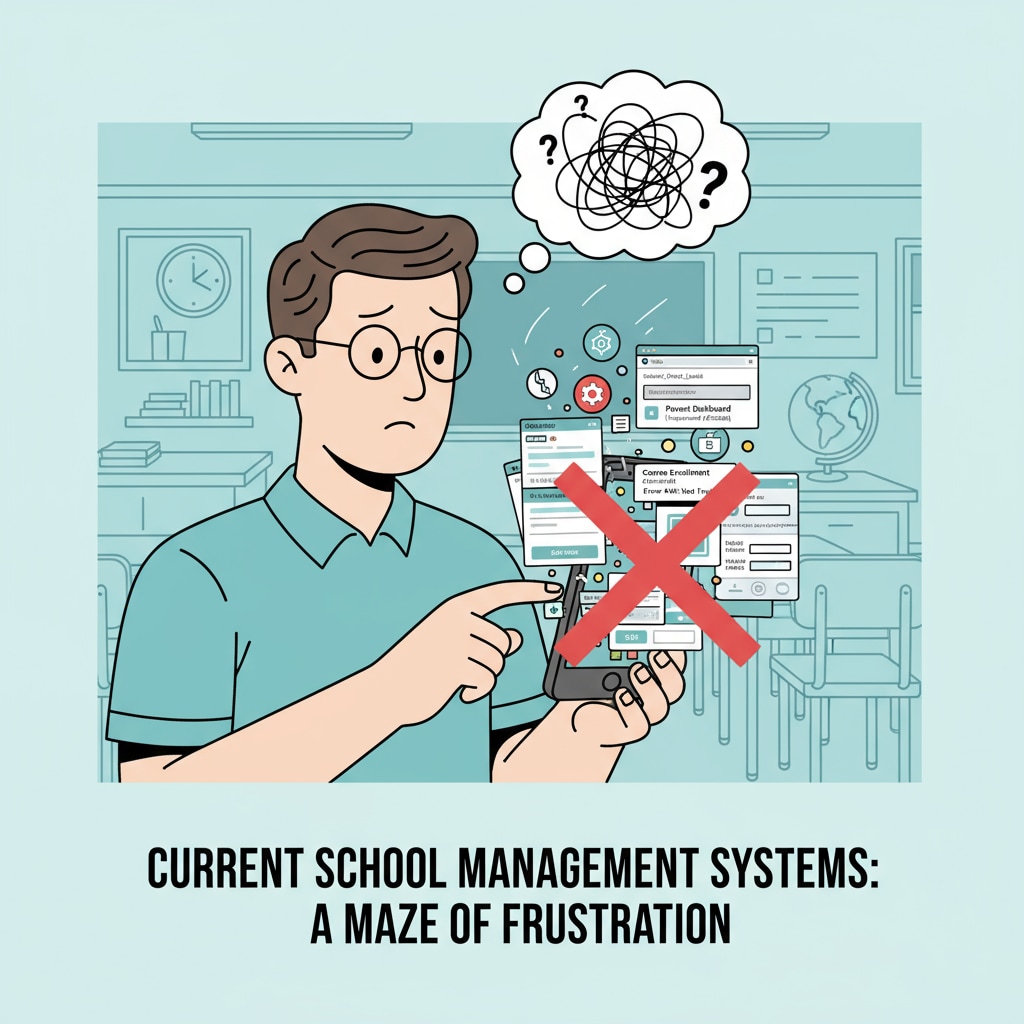In the realm of modern education, school management systems, parent information access, and school communication play pivotal roles, especially in international schools. As educational informatization surges forward, the existing parent information management systems in international schools are grappling with inefficiencies that hinder seamless home-school communication.

This article delves into the current pain points and presents suggestions for constructing an integrated and user-friendly information platform, aiming to revolutionize the home-school interaction experience and boost educational management efficiency.
The Current Pain Points of the System
One of the primary issues is the lack of integration. Many international school information management systems are fragmented, with different modules for academic records, school announcements, and parent-teacher communication. This fragmentation makes it arduous for parents to access all relevant information in one place. For example, parents might have to log in to multiple platforms to check their child’s grades, upcoming events, and teacher feedback. As a result, important information can slip through the cracks, leading to misunderstandings and missed opportunities for effective home-school collaboration.
Another pain point is the user-unfriendliness of the interface. Some systems have complex navigation structures and unclear instructions, making it difficult for parents, especially those less tech-savvy, to operate. This can create frustration and deter parents from actively engaging with the system. In addition, the lack of mobile optimization further limits access, as many parents prefer to use their smartphones to stay informed about their children’s school activities.

The Need for an Integrated Information Platform
To address these issues, an integrated information platform is essential. This platform should consolidate all aspects of parent information, including academic progress, attendance, extracurricular activities, and school announcements. By bringing everything together, parents can have a comprehensive view of their child’s school life at a glance. For instance, a single dashboard could display a child’s recent test scores, upcoming assignments, and any important notices from the school.
Moreover, the platform should be designed with user experience in mind. It should have a clean, intuitive interface with clear instructions and easy navigation. Mobile optimization is crucial, ensuring that parents can access the system conveniently on their smartphones or tablets. This will encourage parents to actively use the system and enhance their engagement with the school.
Enhancing Communication Features
Effective communication is the cornerstone of a successful home-school relationship. The information management system should include enhanced communication features, such as real-time messaging between parents and teachers. This will enable quick exchanges of information, whether it’s about a child’s performance, behavior, or any concerns. Additionally, discussion forums or groups could be incorporated to facilitate communication among parents, sharing experiences and insights.
In addition, the system could send automated notifications to parents, keeping them informed about important events, deadlines, and changes in the school schedule. This will ensure that parents are always in the loop and can actively participate in their child’s education.
In conclusion, improving the parent information management system in international schools is crucial for enhancing home-school communication, facilitating parent information access, and optimizing the overall school management system. By addressing the current pain points and implementing the suggestions outlined in this article, international schools can build a stronger bridge between home and school, ultimately benefiting the students’ educational journey. Educational technology on Wikipedia Insights on educational technology
Readability guidance: Short paragraphs and lists are used to summarize key points. Each H2 section provides a list when possible. The proportion of passive voice and long sentences is controlled, and transition words are scattered throughout the text.


